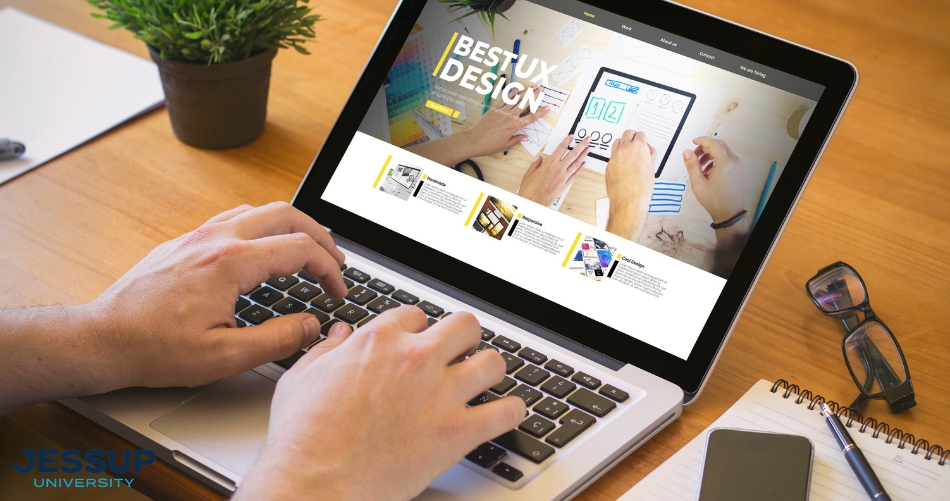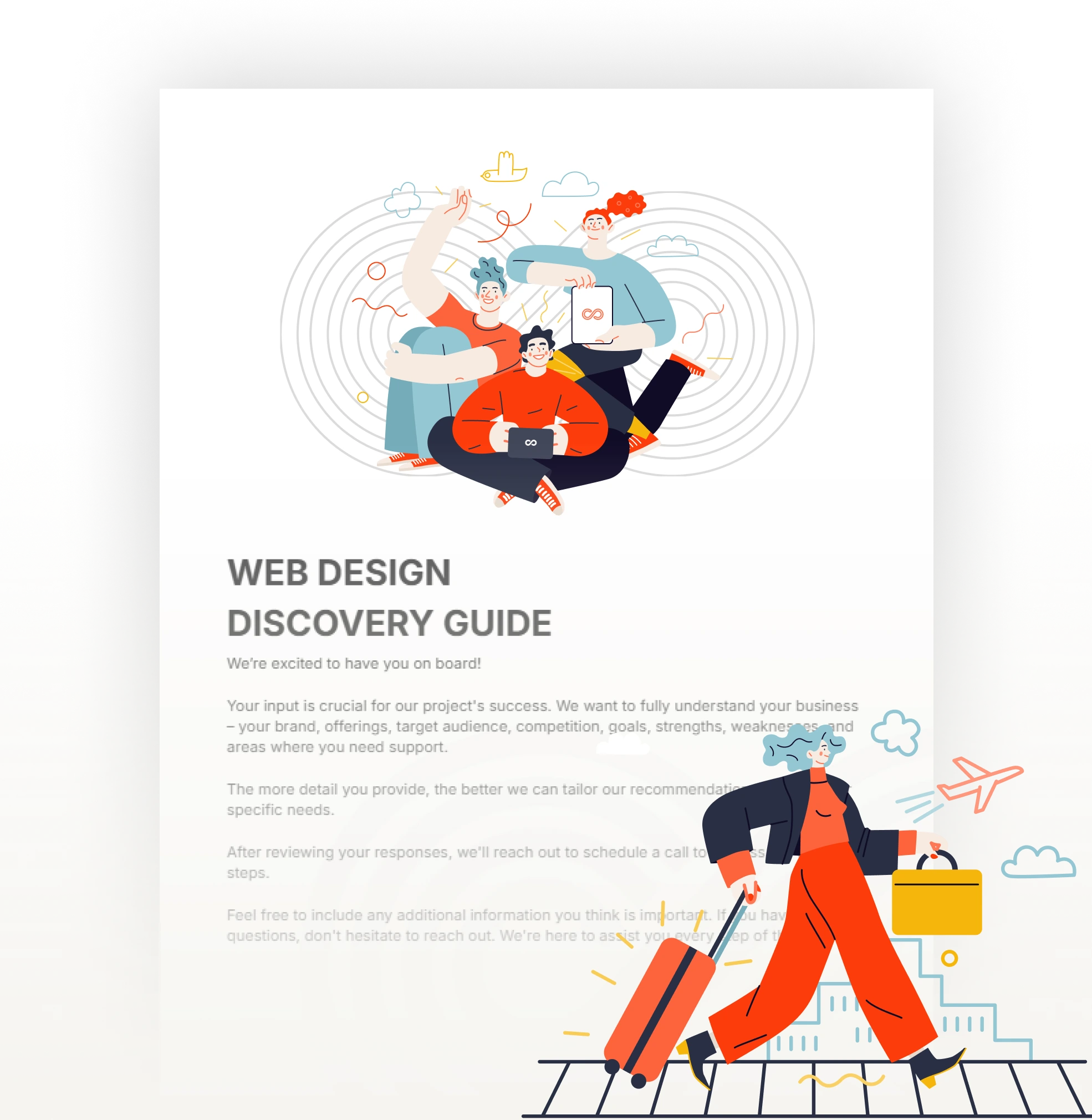Professional Aligned Position Web Design: Custom Websites Tailored to Your Business Needs
The Most Effective Kinds Of Web Style to Improve User Experience and Interaction
In the ever-evolving landscape of electronic communication, the performance of Web layout dramatically influences user experience and involvement. Different style strategies, such as minimal, receptive, and interactive formats, each deal one-of-a-kind benefits that can provide to varied individual requirements.
Minimalist Web Style
As digital landscapes become increasingly cluttered, minimalist website design has actually emerged as a powerful method to improving individual experience. This style viewpoint prioritizes simpleness, concentrating on crucial components while getting rid of unnecessary distractions. By utilizing enough white room, simple navigation, and a limited shade scheme, minimalist design cultivates quality and guides user focus to crucial material.
The core principle of minimal website design is to develop a smooth interaction for customers. By minimizing cognitive tons, users can promptly comprehend information without really feeling overwhelmed. This straight technique not only boosts functionality but additionally motivates engagement, as site visitors are most likely to check out a site that is aesthetically attractive and easy to browse.
Additionally, minimalist style usually emphasizes typography and imagery, using these components purposefully to convey messages efficiently. In significance, minimal Web layout is not just a trend; it is a thoughtful approach that acknowledges the relevance of user-centered layout.
Receptive Website Design
In today's varied electronic setting, receptive Web design has become vital for producing a smooth individual experience throughout a plethora of tools. As customers accessibility websites on smartphones, tablet computers, desktop computers, and laptop computers, the capability of a site to adapt its layout and content to different display dimensions and resolutions is vital.
Receptive Web design employs adaptable grids, pictures, and CSS media queries to ensure that Web material is provided efficiently, regardless of the device made use of. This approach not just improves the visual appeal of an internet site yet additionally significantly boosts use. Individuals are much more most likely to involve with a site that supplies a regular experience, as it gets rid of the disappointment of having to focus or scroll excessively.
Moreover, internet search engine, consisting of Google, prioritize mobile-friendly internet sites in search rankings. By adopting receptive design, organizations can enhance their visibility and get to a broader target market. This technique additionally simplifies website upkeep, as a single variation of the site can satisfy all devices, minimizing the need for several versions. In summary, receptive Web layout is a fundamental technique that enhances individual experience, engagement, and general satisfaction.
Interactive Web Layout
Receptive website design lays the foundation for boosting individual experience, yet interactive Web style takes this an action better by engaging individuals in a much more vibrant means - Aligned Position Web Design. By incorporating aspects such as animations, clickable models, and real-time feedback, interactive Web layout captivates individuals, attracting them right into a richer surfing experience
This approach not only fosters interaction however additionally urges customers to explore content actively rather than passively consuming it. Techniques such as gamification, where individuals make benefits for completing tasks, can significantly enhance the time spent on a website and enhance total satisfaction. Interactive features can simplify intricate details, making it extra absorbable and delightful.

Including interactive design components can additionally result in greater conversion prices, read this post here as individuals are most likely to engage with a website that actively involves them. Aligned Position Web Design. Eventually, interactive website design transforms customer experiences right into memorable journeys, making certain that visitors return time and once again
Flat Design
Characterized by its minimalistic technique, level layout stresses simplicity and functionality, stripping away unnecessary aspects and concentrating on crucial attributes. This design philosophy prioritizes usability, guaranteeing that users can click here for more navigate interfaces easily and efficiency. By employing a clean aesthetic, level layout removes the mess usually located in extra luxuriant designs, consequently improving individual focus on content and capability.
The characteristic of level style depends on its use of bold shades, basic typography, and geometric forms. These aspects add to an aesthetically enticing user interface that is both friendly and contemporary. Furthermore, flat layout cultivates a sense of clarity, permitting individuals to determine important activities and details without diversion.
Additionally, flat layout is especially effective in receptive website design, as its simpleness translates well throughout different devices and display sizes. The absence of intricate appearances and gradients minimizes filling times, which is important for maintaining individual interaction. As electronic landscapes continue to progress, level style remains a pertinent choice for developing easy to use websites that improve total experience. By concentrating on essential functions, level style not just meets individual needs but likewise urges smooth interaction, making it an essential element of reliable website design strategies.
Flexible Website Design
Adaptive Web style tailors the customer experience by creating multiple repaired designs customized to various display dimensions and tools. Unlike receptive layout, which fluidly adjusts find more information a single layout, adaptive design uses distinct layouts for particular breakpoints, making certain optimum discussion on numerous systems. This strategy permits developers to concentrate on the unique characteristics of each device, enhancing usability by delivering precisely what customers need based upon their context.
One of the main advantages of adaptive website design is its capacity to maximize lots times and efficiency. By serving tailored content and photos that fit the customer's gadget, web sites can lessen data usage and boost loading rates. This is especially helpful for customers with slower links or restricted data strategies.

In addition, adaptive layout facilitates a much more controlled and constant branding experience. Considering that developers create several formats, they can ensure that the visual components align with the brand's identification throughout various platforms - Aligned Position Web Design. This leads to a natural customer experience, enhancing interaction and advertising customer retention
Conclusion
Minimalist layout promotes clearness and focus, while responsive design makes certain flexibility throughout different gadgets, promoting accessibility. Jointly, these layout comes close to contribute to the creation of straightforward settings that not only enhance contentment yet additionally drive greater conversion rates, underscoring their crucial relevance in modern Web design strategies.

Minimal layout cultivates clarity and focus, while responsive design makes sure flexibility throughout various devices, promoting ease of access. Collectively, these design approaches contribute to the creation of easy to use atmospheres that not only improve fulfillment however likewise drive higher conversion rates, underscoring their crucial significance in contemporary Web design strategies.